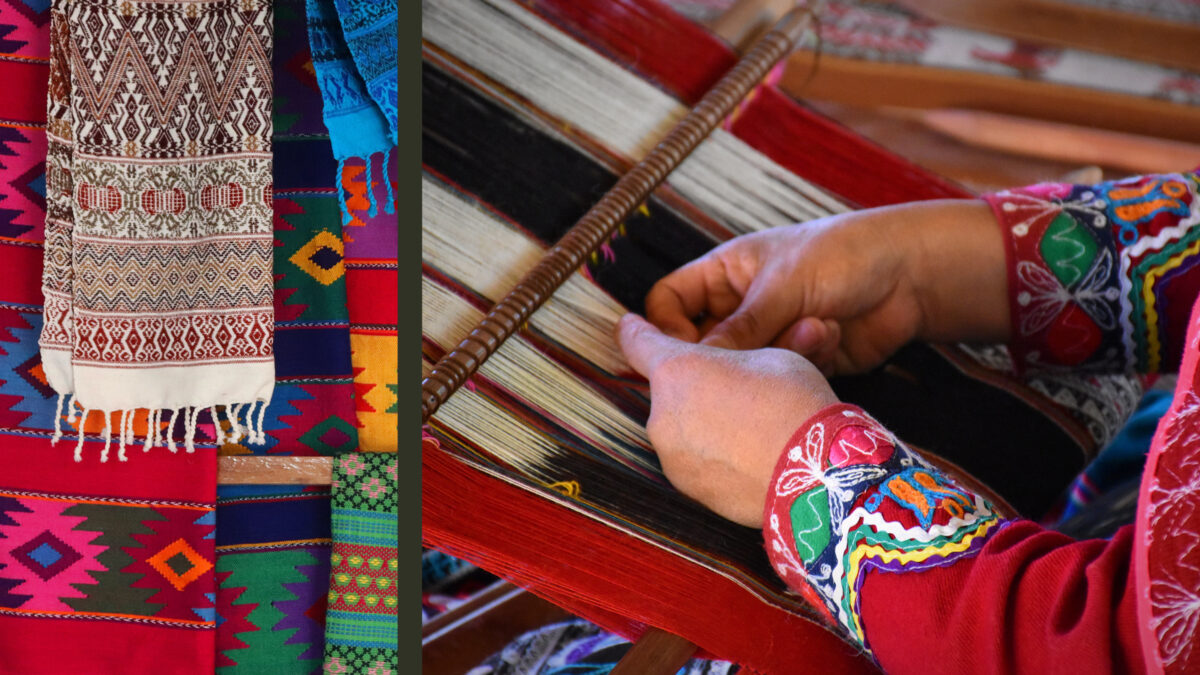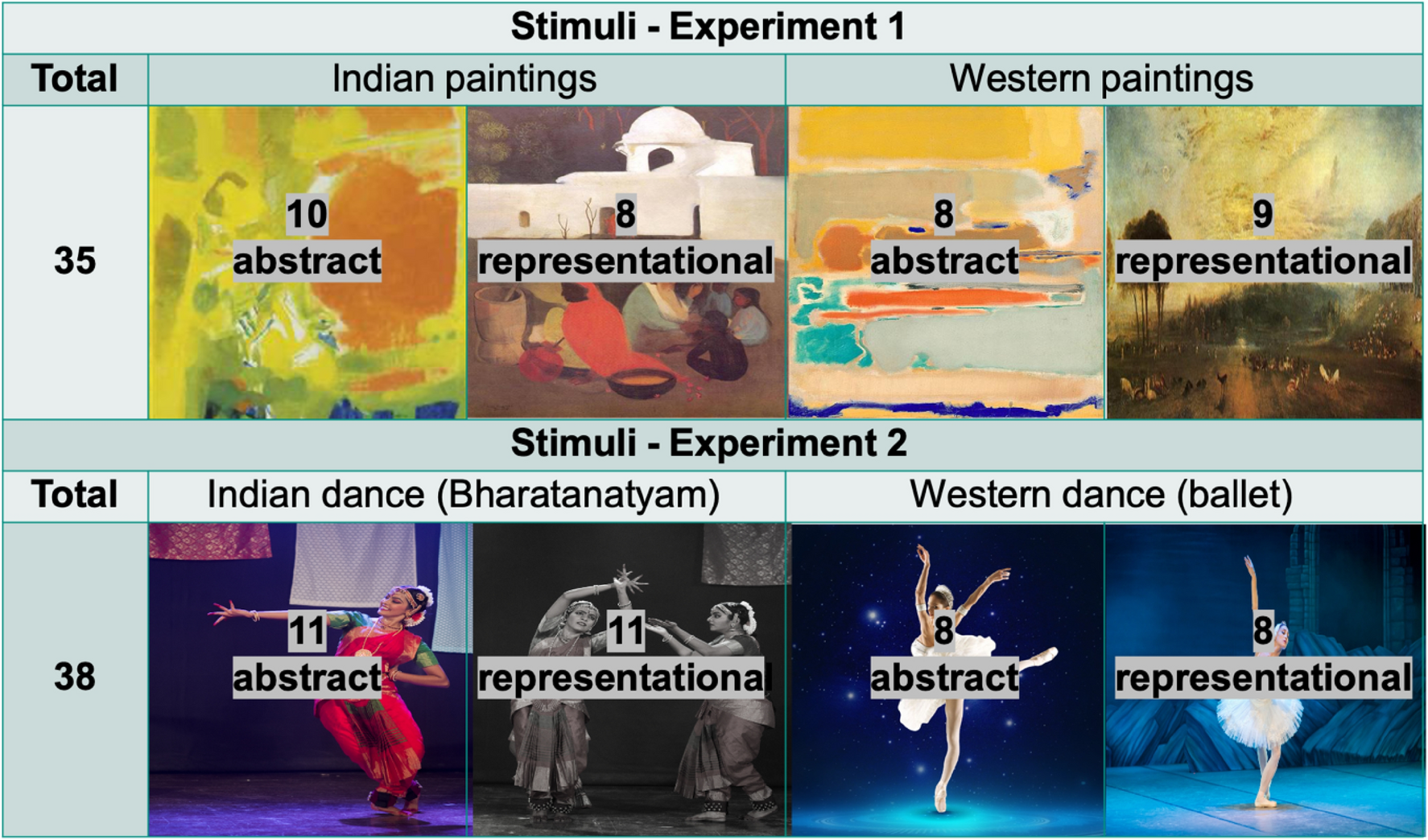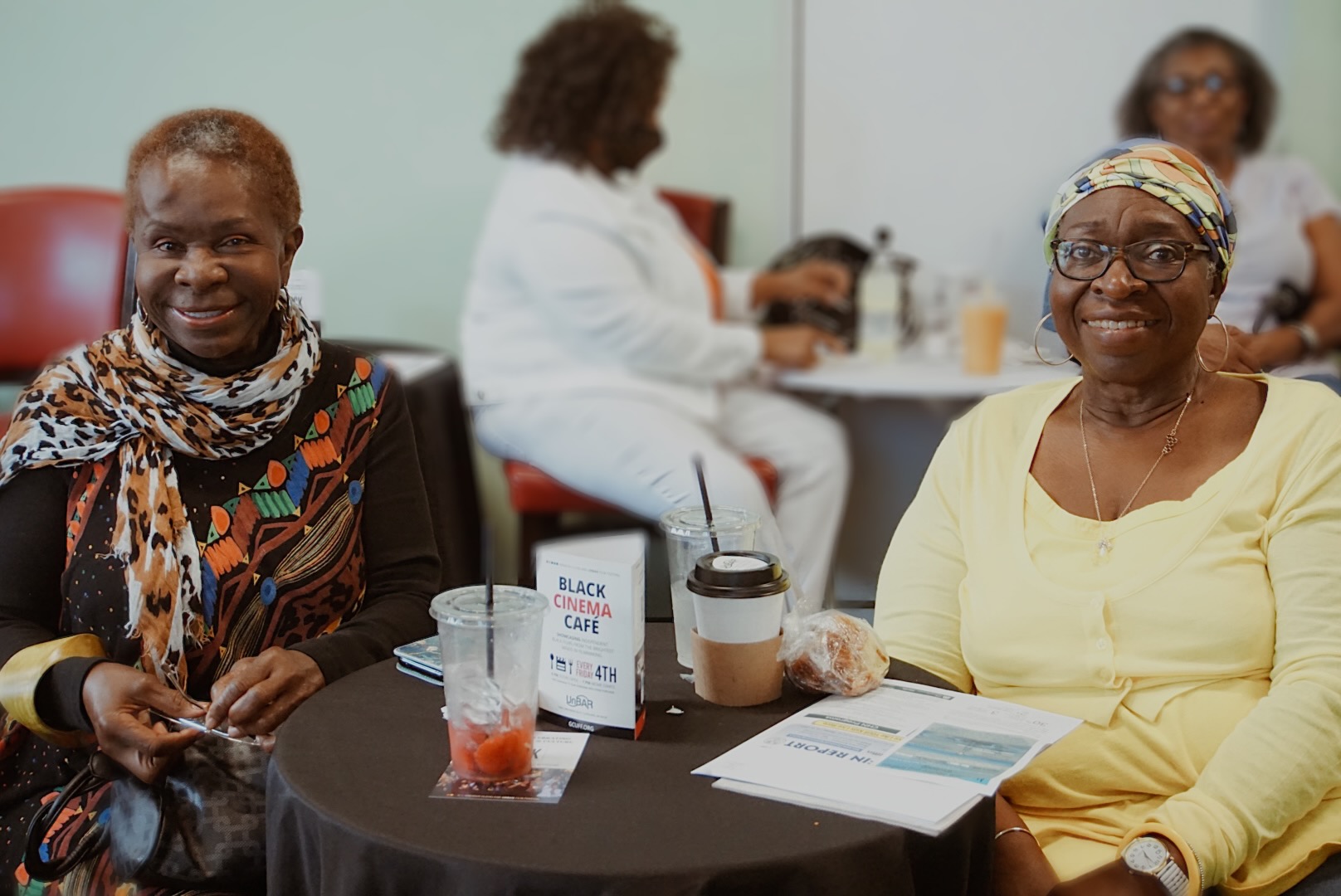The Influence of Art on Mental Health: How Artistic Expression Can Help Overcome Emotional Challenges
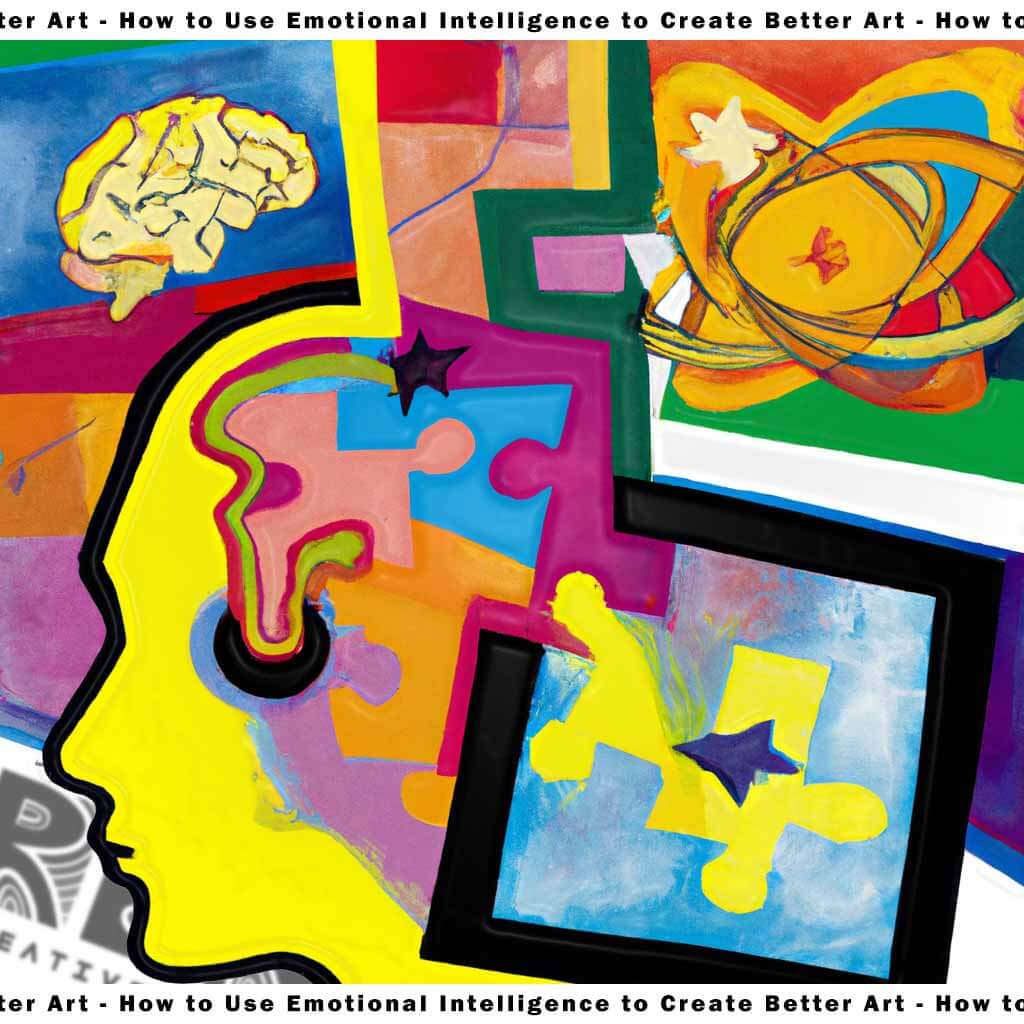
Understanding the Role of Art in Promoting Mental Health
In an era where mental health awareness has gained significant traction, individuals facing emotional challenges often seek creative means for healing. The intersection of artistic expression and psychological well-being reveals a potent tool for emotional exploration and recovery, largely due to what research has shown regarding the power of creativity in enhancing overall health.
Artistic expression serves as a gateway to release and process emotions that may be too complex or difficult to convey through words. For instance, a person grappling with grief might find solace in painting their experiences, allowing deep-seated feelings to surface. This form of non-verbal communication can be vital, particularly for those who struggle with traditional forms of expression. For example, children’s art therapy often utilizes drawing to help them articulate emotions and experiences that may otherwise remain unspoken, creating a safe space for their voices to be heard.
Moreover, engaging in creative activities such as painting, drawing, or sculpting has been shown to significantly reduce stress. A study published in the journal “Art Therapy” demonstrated that participants who engaged in these activities reported lower cortisol levels, a physiological marker of stress. The act of creating art can act as a meditative experience, encouraging individuals to focus on the present moment, which diminishes feelings of anxiety and fosters relaxation.
Beyond emotional release, artistic endeavors can markedly improve self-perception. The process of creating art allows individuals to reflect on their ability to produce something unique, bolstering their self-esteem and confidence. For many, a completed piece of art becomes a tangible representation of their creativity and skills, affirming their value and worth. In community art projects, for instance, participants often share their work, receiving positive feedback that further enhances their self-image.
Community connection is another crucial element facilitated by participation in art groups or classes. These environments foster a sense of belonging, which is vital for emotional resilience. By collaborating on creative projects, individuals can establish meaningful relationships with others, providing them with support and encouragement. This social aspect of art can be transformational, particularly for those who may feel isolated due to their mental health struggles.
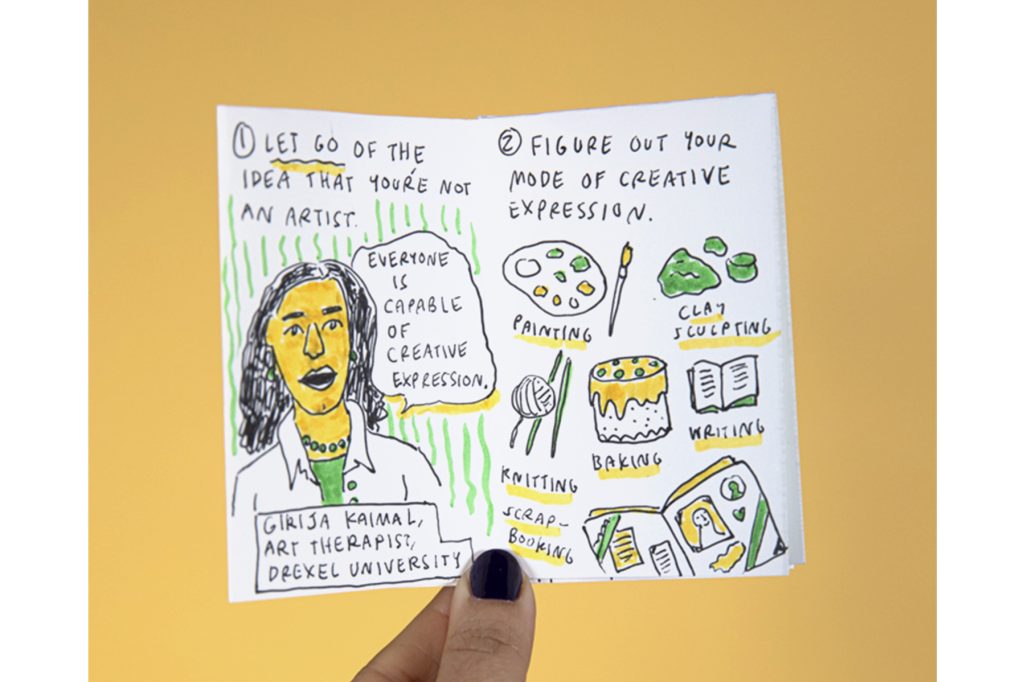
As the field of art therapy continues to gain recognition, it is increasingly evident that artistic practices can serve as effective complements to traditional psychological treatments. Mental health practitioners across the United States are integrating these methods into therapeutic frameworks, recognizing their potential benefits in treating conditions such as anxiety, depression, and PTSD. Research emphasizes the efficacy of art therapy, showing that it can improve coping mechanisms and emotional regulation in individuals facing various mental health challenges.
Through this exploration of the intricate relationship between art and mental well-being, it becomes evident that art transcends the boundaries of aesthetics. It emerges as a powerful ally in understanding and navigating the complexities of emotional challenges. As society continues to embrace artistic expression as a vehicle for healing, it opens a dialogue about the importance of creativity in fostering a more mentally healthy world.
DISCOVER MORE: Click here for delicious inspiration
The Therapeutic Benefits of Artistic Engagement
Art is not merely a collection of pigments on canvas or chiseled stone; it is a profound medium through which individuals can navigate and articulate their internal worlds. Research increasingly indicates that artistic expression can yield therapeutic benefits that significantly enhance mental health. Engaging in creative activities serves as more than just a pastime; it can act as an emotional sanctuary, allowing individuals to sift through complex feelings, release pent-up emotions, and embark on a journey of self-discovery.
One of the most commonly acknowledged benefits of art is its ability to elicit emotional catharsis. Engaging in artistic practices provides individuals an opportunity to confront feelings they may be hesitant to express verbally. This is particularly relevant for those dealing with trauma or chronic stress, who often find it challenging to talk about their experiences. Through the creation of art, such as painting or writing, they can externalize and process these emotions, promoting healing. As a result, art becomes a personal narrative, a tangible manifestation of their internal struggles.
The therapeutic aspects of art extend into its role in enhancing emotional intelligence. Through the process of creating and reflecting on their artwork, individuals are encouraged to explore their feelings and thoughts, leading to improved emotional awareness. This journey can be particularly beneficial for young adults and adolescents, who may be at a stage of personal development where understanding emotions is crucial. As they confront their artistic creations, insights into their psychologies often emerge, guiding them towards healthier emotional regulation.
- Improved Coping Mechanisms: Art provides a constructive outlet for releasing emotions, enabling individuals to find healthier ways to cope with stress and anxiety.
- Enhanced Problem-Solving Skills: The creative process often requires critical thinking and resourcefulness, skills that translate into better decision-making in daily life.
- Mindfulness and Presence: Artistic activities encourage individuals to focus on the moment, diminishing ruminative thoughts that fuel anxiety.
Furthermore, quantities of studies highlight that regular participation in artistic activities contributes to overall psychological well-being. A meta-analysis conducted by the American Psychological Association indicated that art therapy significantly reduces symptoms of depression and anxiety among participants. These findings underscore the therapeutic potential of art as a viable complement to conventional mental health treatment methods. With art therapy being recognized and implemented more widely across mental health institutions in the United States, individuals experiencing emotional challenges can access innovative pathways to recovery that prioritize creative expression.
Additionally, recreation through art needs to be accessible. Community centers and local organizations are increasingly offering affordable art classes and workshops, targeting demographics that might otherwise lack resources for traditional therapy. By promoting engagement with art, these programs not only bolster individuals’ emotional states but also foster a sense of community, creating supportive environments where collective healing can occur.
From therapeutic practices to communal gatherings, the embrace of artistic expression as a legitimate avenue for emotional recovery speaks volumes about its overarching potential to reshape lives, proving that art can truly be a transformative force in overcoming emotional obstacles.
Artistic expression can serve as a profound therapeutic outlet for individuals grappling with emotional challenges. Engaging in creative activities allows people to communicate feelings that are often difficult to articulate through words. The act of creating—whether through painting, music, dance, or writing—enables individuals to channel their emotions, leading to a sense of relief and understanding. This process often results in a heightened awareness of one’s mental state and can foster emotional healing.Research has shown that engaging in artistic activities can significantly reduce symptoms of anxiety and depression. For instance, studies have indicated that art therapy can lead to measurable improvements in mood and self-esteem among participants. Additionally, art provides a unique way to process trauma; many find solace in illustrating their experiences, allowing them to confront and begin to heal from past pain in a supportive environment.Community art projects, workshops, and therapy sessions are also instrumental in creating social connections, which are essential for mental well-being. When individuals participate in group artistic endeavors, they share their emotions and stories, fostering empathy and support among peers. This creates a sense of belonging and community, which can prove critical for those feeling isolated or overwhelmed by their struggles.Moreover, the cognitive stimulation provided by art can lead to improved problem-solving skills and increased emotional resilience. The act of creating something new often involves navigating challenges and overcoming obstacles, which can mirror the personal journeys individuals undertake in their lives.To further illustrate these points, consider the example of a recent study that showcased the impact of art therapy on veterans suffering from PTSD. Participants who engaged in expressive art activities reported significant reductions in flashbacks and intrusive thoughts, showing how art can serve as a powerful tool for coping with intense emotions and processing traumatic experiences.In summary, the influence of art on mental health is immense, offering individuals pathways to explore their emotions, confront their pasts, and build supportive communities. This exploration not only enhances mental resilience but also illuminates the deep connection between creativity and healing, inviting more people to embrace artistic expression as a viable means to overcome emotional challenges.
DIVE DEEPER: Click here to discover the beauty of gardening as art
Art as a Pathway to Connection and Support
In addition to its individual therapeutic benefits, art serves as a robust mechanism for social connection and community engagement. Participating in group art activities can foster relationships and facilitate communication among individuals facing similar emotional challenges. This communal aspect of art is crucial, especially as many individuals experiencing mental health issues often feel isolated. Group settings, whether they be art therapy sessions or community art projects, provide safe spaces for sharing experiences and supporting one another through the healing process.
Furthermore, art-related events—such as exhibitions, open studios, or community mural projects—bring people together, transforming spaces and encouraging community bonding. These events often allow artists and non-artists alike to express themselves collectively, bridging the gap between varied experiences and backgrounds. The sense of unity that emerges can create an empowering atmosphere, reiterating that no one has to navigate their struggles alone.
Importantly, art can also act as a vehicle for advocacy and awareness. Many artists use their work to address themes surrounding mental health, sparking conversations that may otherwise remain dormant. Exhibits focused on mental health can encourage viewers to reflect on their perspectives and challenge stigma. Campaigns such as Mental Health Awareness Month or World Mental Health Day leverage artistic expression to bring attention to these critical issues, offering individuals a shared platform to advocate for change.
In educational settings, the integration of art into curricula demonstrates promise in addressing students’ mental health needs. Programs that incorporate art therapy into school systems have shown to significantly improve students’ social skills, emotional expression, and academic performance. A study conducted by the Johns Hopkins University found that children who engaged in creative activities exhibited higher levels of resilience and improved coping strategies. Consequently, promoting artistic expression within schools not only enhances learning but also nurtures a more supportive environment for emotional growth.
Engaging with Art: Tools and Resources
Those seeking to explore the influence of art on personal mental health must recognize that there are myriad resources available to aid their journey. Various platforms and organizations offer access to art therapy, online classes, and community workshops that focus on fostering artistic expression as a healing tool. Websites like ArtWorks and Creative Therapy provide directories that can help individuals locate local resources tailored to their needs.
In addition to formal art therapy sessions, numerous online communities engage in creative pursuits designed to promote well-being. Social media platforms, such as Instagram and Pinterest, are flooded with inspirational content that emphasizes the therapeutic aspects of creating and sharing art. Artists and mental health advocates alike harness these platforms to build online spaces where individuals can connect, share their art, and participate in challenges designed to boost mental health.
Finally, while individual exploration of art can be inherent to the process, it is crucial to recognize the importance of balancing artistic activities with professional mental health support. Integration of art with traditional therapy often leads to enhanced outcomes, as it provides individuals with multiple avenues to express and understand their experiences. As the understanding of art’s transformative power continues to evolve, its role in mental health recovery is increasingly being embraced, offering hope and healing in an often tumultuous world.
DIVE DEEPER: Click here to discover the art of molecular gastronomy
Conclusion: Bridging the Gap Through Creative Expression
As we delve deeper into the influence of art on mental health, it becomes increasingly evident that artistic expression serves as a vital tool for individuals confronting emotional challenges. The therapeutic benefits of engaging with art extend beyond personal solace; they encompass powerful social connections, communal healing experiences, and vibrant avenues for advocacy. Whether through joyous moments of creation in solitary, the supportive interactions of group workshops, or the shared insights during art exhibitions, the multifaceted nature of art fosters a sense of belonging in a world that often feels isolating.
Moreover, as evidenced in educational frameworks and community initiatives, the integration of art into mental health promotion not only enhances individual growth but empowers communities to rally around shared experiences and challenges. The documented improvements in emotional well-being and resilience among participants affirm that when art is embraced as a pivotal part of mental health strategies, the outcomes can be transformative.
For those seeking to explore this rich realm, we encourage individuals to leverage available resources, from local art therapy centers to online creative communities. As we continue to witness the evolving landscape of mental health understanding, one thing remains clear: art, in its many forms, acts as a bridge—connecting individuals to their emotions, to each other, and ultimately, to a greater journey of healing and hope. In a society marked by the need for compassion and understanding, the power of art can illuminate pathways toward well-being that inspire not just personal enrichment, but also collective enlightenment.
